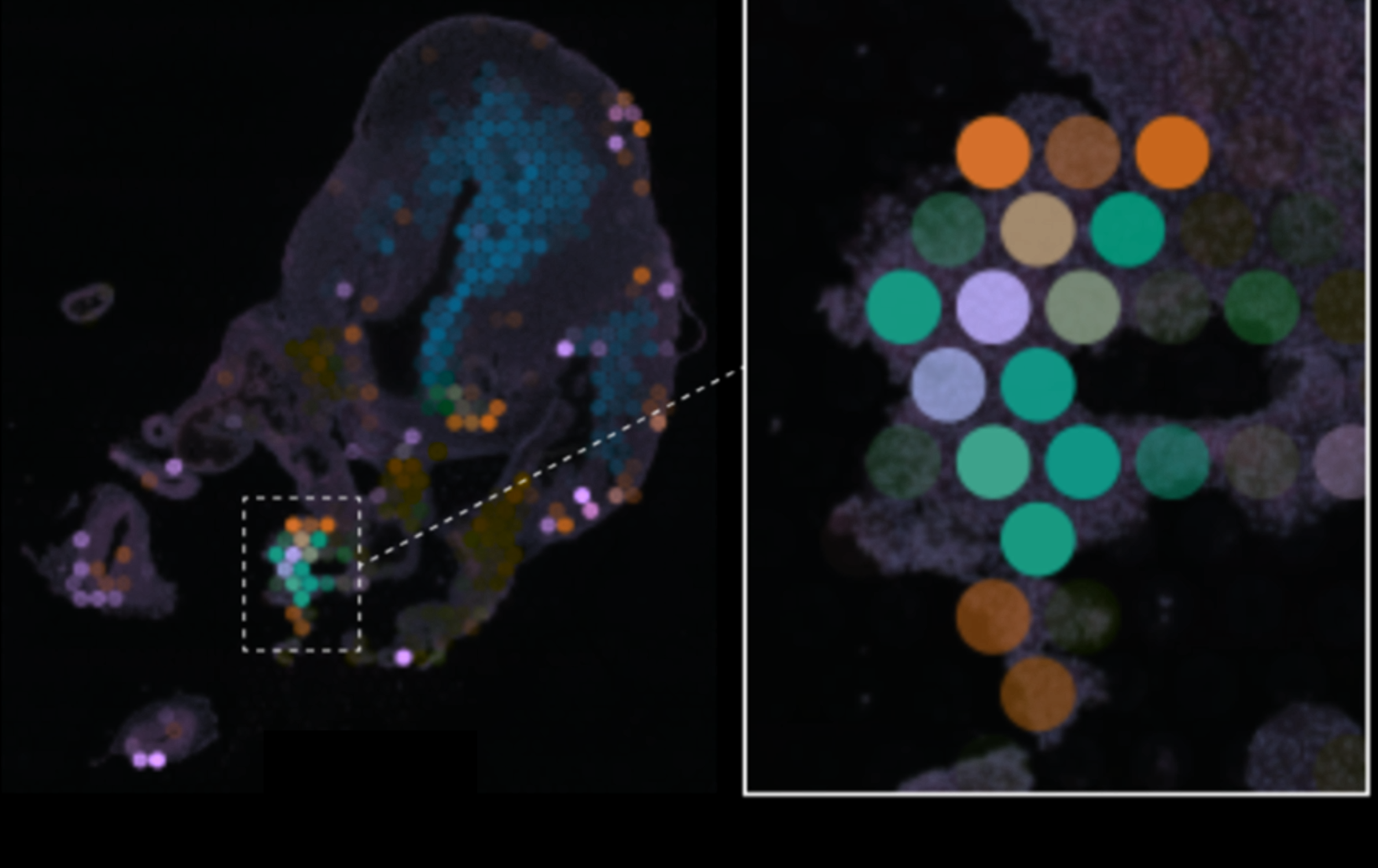Research Focus
The diverse team at CellTalk HHD focuses on a wide range of important cardiac biology while developing and polishing many new research methods.
Biological Niches
The heart forms through many different events. These are thought to happen because of different types of cells coming together to form communities and neighbourhoods that we call niches. Within these niches, the cells are talking to each other, influencing their neighbours’ movements and maturity to build tissue-level structures such as blood vessels or functional muscle.
Epicardial Niche
The epicardium is a mesothelial cell layer that covers the vertebrate heart. It arrives there from the proepicardial organ, and spreads across the heart early on as the heart begins to form. This process is essential for normal heart development as epicardium then continues to contribute vital signals to the communities of cells that it encounters.
Endocardial Niche
The endocardium is the internal interface between the blood in the chambers of the heart and the myocardial muscle. As the heart forms, endocardial cells begin to make blood vessels. This is essential as the heart muscle becomes larger, it is difficult to get oxygen into the densely packed muscle. Without oxygen, the muscle will not form, or function properly.
Conductive Niche
The cardiac conductive system needs to develop properly for the heart to contract synchronously as the heart begins to beat. This process involves many different cells in communities that are made by cardiomyocytes, immune cells, and nervous system cells. To facilitate the proper formation of this niche, cell communication is thought to be key.
Immune Cells in the heart
Immune cells play a large part in facilitating communication with other cells. Although their function is often thought to be defensive, it is not always the case as it appears that immune cells act to coordinate cell movement and organisation during development, essential for ensuring cells get to where they need to be when they need to be there.
Techniques & Methods
From animal models and experiments to machine learning and big data, the CellTalk-HHD researchers coordinate their complementary techniques and methods across the institutes to solve the mysteries of cardiac development.
Human Multiomics
The scope of a project as large as CellTalk-HHD involves looking at data from all of the cells in the heart as it develops. This is known as bioinformatics, involving a vast quantity of multiomics data that can be analysed using state-of-the-art algorithms and methods. Our experts have recently pieced together a major part of the developing human heart.
Stem Cells
Stem cells are amazing cells that still have the ability to produce new cell types within the body. In the heart, these cells are abundant during development but become fewer, and less potent as we grow. Our experts grow stem cells into flat cultures of a single cardiac cell type, or into more complex 3D mixtures of cell types called organoids.
Mice
Mice are used extensively in translating new therapeutic entitles into humans in pre-clinical drug discovery. Although they are mammals, the way that their hearts form may be different, which could cause problems when interpreting the results. We consider that the talk between cells in mice may be largely similar to humans and yet, some differences may be the key to why some therapies will work.
Zebrafish
Zebrafish are widely used to study regeneration as their hearts can regenerate after injury. However, concerns remain that their cardiac system develops in a different manner to humans. We need to understand more about how the two heart systems are different and how the cells communicate differently within the developing hearts so that we can better understand how to translate research using them into humans.
-

People
Meet the CellTalk HHD team, a group of experts in cardiac development, regeneration, and stem cell research.
-

Resources
Expertly curated data ready for you to explore.
-

Organisation
CellTalk HHD is a cross-institute consortium of five research groups spread between the University of Oxford and University of Cambridge.









